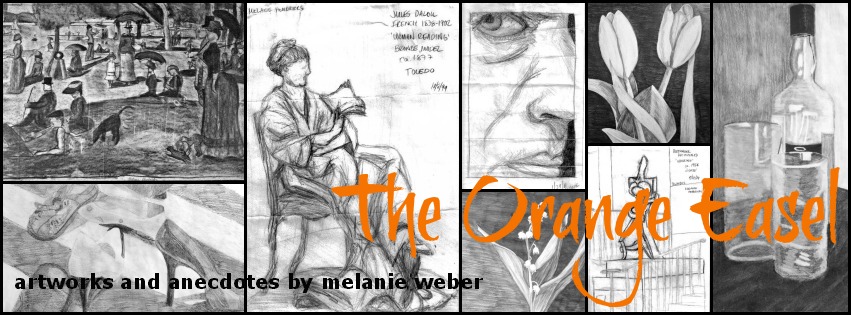 |
| Thomas Eakins, ca. 1882 |
I saw my second Art Everywhere US billboard as I was driving
to work this morning. It was The Biglin
Brothers Racing (1872) by Thomas Eakins. And it was beautiful.
This painting depicts brothers John and Bernard Biglin in
the very first American pair-oared race, which happened to take place in Eakin’s
hometown of Philadelphia. The two ended up taking home the gold.
I have to say, it puts a smile on my face seeing these billboards.
I wonder, though, how many people actually see these and pay any attention to
them. Do you?
 |
| Thomas Eakins, The Biglin Brothers Racing, 1872. Oil on canvas. National Gallery of Art. |



